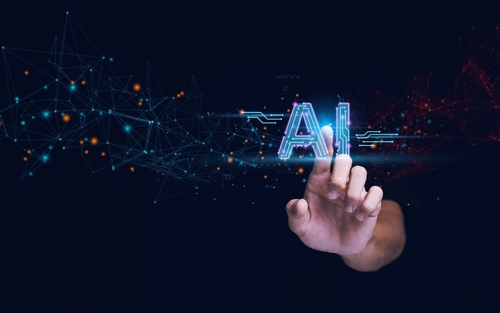For a long time, HR teams leaned heavily on annual surveys and the occasional pulse check to take the temperature of employee engagement. But in today’s fast-shifting workplace—where hybrid setups, changing expectations, and constant pivots are the norm—those traditional methods often show up too late or don’t quite tell the full story.
That’s where AI-driven sentiment analysis is starting to change the game.
Real-Time Insights Replace Reactive Measures
By picking up digital cues from tools like Slack, Microsoft Teams, and even internal emails, these platforms can offer something HR has long wished for: real-time insight into how people are actually feeling. No need to wait around for survey season. The payoff? Early signs of burnout, disengagement, or morale drops can be spotted and addressed before they snowball into bigger issues.
It’s essentially flipping the HR script—from reacting to problems after the fact to staying a few steps ahead. Instead of scrambling to fix things post-exit interviewinterviews or low engagement scores, teams can spot trouble areas early, monitor patterns, and craft targeted responses—sometimes right down to the individual level.
Practical Applications in Action
Let’s say a new policy rolls out, and sentiment takes a noticeable dip. That could be a red flag that employees are confused, frustrated, or both. With that information, HR can step in quickly—send out a clarifying note, set up some face time with managers, or even just open the door for feedback. On the brighter side, spikes in positive sentiment might point to wins worth celebrating, like a new flexibility initiative or a team recognition program that’s actually landing well.
The Trust Factor: Transparency is Key
Of course, tapping into AI for emotional insights isn’t without its responsibilities. Transparency really matters here. People deserve to know what data is being tracked (typically anonymized and aggregated), how it’s being used, and what kind of actions they can expect—or not expect—as a result. Done right, this approach can actually build trust. It shows that leadership is paying attention in a meaningful and respectful way.
Perfect for Remote and Hybrid Teams
This tech is especially useful in remote and hybrid setups, where those informal “Hey, how’s it going?” hallway chats have largely disappeared. For globally spread-out teams, sentiment tools offer a way to stay in tune with the day-to-day employee experience, no matter the time zone or cultural context.
Because the truth is, engagement isn’t static. It ebbs and flows based on workload, communication, leadership tone, and company culture. AI-powered sentiment analysis gives HR a clearer window into those shifts—and the ability to respond in real time, not just once every few months.
Bottom line: when you can read the room, even a virtual one, you’re in a much better position to lead it.
Lin Grensing-Pophal is a Contributing Editor at HR Daily Advisor.




